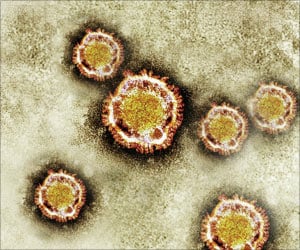Scientists have developed a thin polymer bio-film that seals surgical wounds, making surgical stitches an artefact of medical history.
Scientists have developed a thin polymer bio-film that seals surgical wounds, making surgical stitches an artefact of medical history,
Scientists at the University of New South Wales in Australia say that surgical sutures date back some 4,000 years, so a new approach has been long overdue.The bio-film, measuring 50 microns thick, is placed on a surgical wound and exposed to an infrared laser, which heats the film just enough to meld it to the tissue, sealing the wound.
The bio-film, known as Surgilux, is extracted from crab shells and has U.S. Food and Drug Administration approval, one of the device’s inventors and leader of the Bio/polymer Research Group, UNSW scientist John Foster said.
Early test results indicate that it has strongest potential for use in brain and nerve surgery because it can avoid the numerous disadvantages of invasive stitches/sutures, which fail to seal and can act as a source of infection.
Up to 11 percent of brain surgery patients have to return for repeat surgery due to leakage of cerebro-spinal fluid (CSF) and other complications arising from sutures.
“Others have tried surgical glues but these are mainly gel-like so bonding to the tissue is uneven often resulting in leakages and they’re not easy to use. The strongest surgical glue is so toxic that it’s limited to external applications,” Foster said.
Advertisement
“The beauty of this is that infra-red laser doesn’t cause any tissue damage. Better still, Surgilux has anti-microbial properties, which deters post-operative infections,” he added.
Advertisement
“Surgilux is well suited to repairing damaged nerves because the gold standard -- sutures – inevitably cause damage to nerves and there is always some permanent loss of function,” Stoodley said.
“Our test results with rats have shown some degree of permanent nerve recovery within six weeks of operating,” he adeed.
The researchers, who are looking for commercial backing to initiate clinical trials, are planning a second generation version of Surgilux that incorporates growth factors and perhaps stem cells to regenerate nerves.
Source-ANI
KAR/M






